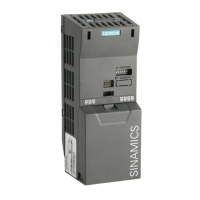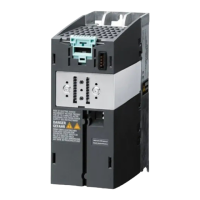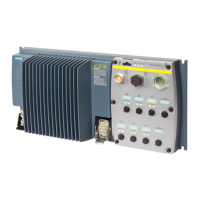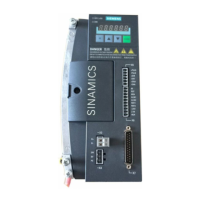Controlling the safety functions
5.3 Control of "STO" and "SS1" via terminals on the Control Unit and the Motor/Power Module
Safety Integrated
Function Manual, 08/2023, A5E03264275A
79
1)
"0" signal: -3 … +5 V
Input current
at 24 V DC: typ. 3.5 mA
at <0.5 mA: Signal "0" reliably detected
Input delay
for "0" → "1": typ. 5 μs
for "1" → "0": typ. 50 μs
DI 8, DI 9, DI 10 and DI 11 are "fast inputs"
2)
As output:
Voltage: 24 V DC
Electrical isolation: no
Reference potential: M
Output voltage
"1" signal, with load: > X124.+ -2 V
Output current
for each output: ≤ 0.5 A
Sum of all four outputs: ≤ 2 A
Residual current for "0" signal: < 0.5 mA
Short-circuit protection, automatic restart after a short-circuit
Load types: ohmic, capacitive, inductive
Output delay
3)
for "0" → "1": typ. 150 μs / max. 400 μs (ohmic load)
for "1" → "0": typ. 75 µs / max. 100 µs (ohmic load)
Switching frequency
for ohmic load: max. 100 Hz
for inductive load: max. 0.5 Hz
for lamp load: max. 10 Hz
Max. connectable cross-section: 1.5 mm
2
1)
DI: Digital input; DI/DO: Bidirectional digital input/output; M: Electronics ground; M1: Reference ground
2)
The rapid inputs can be used as probe inputs or as inputs for the external zero mark
3)
Data for: Vcc = 24 V; Load 48 Ω; High ("1") = 90% Vout; Low ("0") = 10% Vout
The maximum cable length that can be connected is 30 m.
Note
Ensuring the function of
digital inputs
An open input is interpreted as "low".
To enable the digital inputs (DI) to function, terminal M1 must be connected.
This is achieved by using one of the following measures:
Route the ground reference for the digital inputs
A jumper to terminal M
Note: This removes isolation for these digital inputs.
If the 24 V supply is briefly interrupted, then the digital outputs are deactivated during this
time.
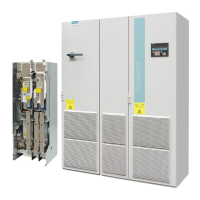
